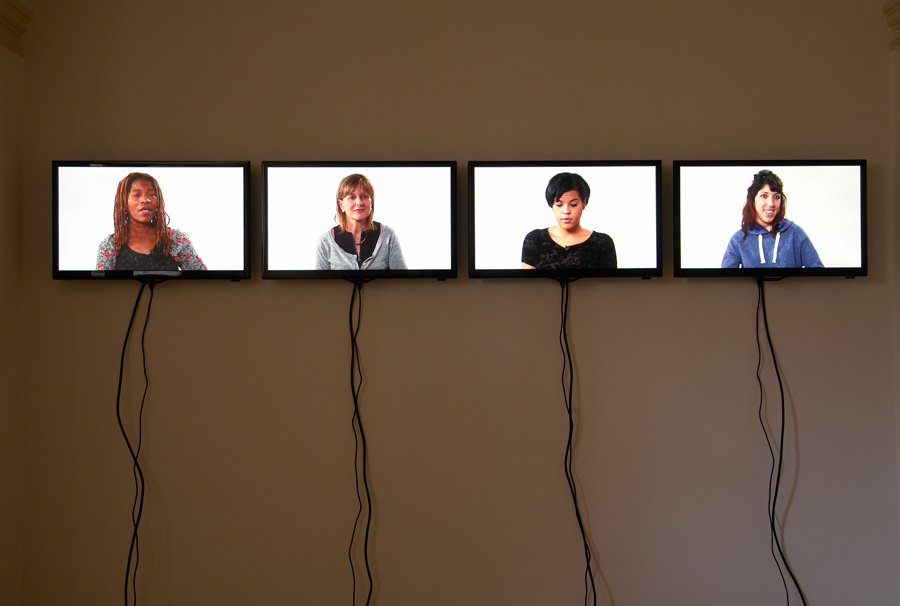I'm not a Neuro scientist. Professor Sarah-Jayne Blakemore is and her explanation of Synaptic pruning and adolescent brain development will always be better than mine.
'Deadmother' Blog, 2014
Little is known about the nature of long-term effects of loss in childhood and its affective consequences on those who don’t present with obvious serious psychiatric problems. The loss remains hidden and ill-defined for the duration of a lifetime.
Dead Mother, approaches this under-researched subject area, opening up a dialogue between leading practitioners of neurology, psychology, medicine and philosophy, outside the confines of purely scientific enquiry.
How does the loss of a mother manifest itself in a lifetime?
What shape or form does it take?
Where can it be located?
Everyone has a mother. But what does it mean to live without a mother?
Using film, sound, photography, text, and installation, the project will attempt to give a shape and presence to the nature of the absence and the efforts and effects involved in accommodating the loss.
‘15 years ago, it was widely assumed that the vast majority of brain development takes place in the first few years of life. Back then we didn’t have the ability to look inside the living human brain and track development across the lifespan’
Professor Sarah-Jayne Blakemore, 2012
Now we do. Current research in neurology and psychology are discovering how crucial the period of brain development is between the ages of 11 – 24 years. A young adults brain is particularly ‘plastic’ and susceptible to environmental factors, providing significant potential for learning and adaptation, but also vulnerability with respect to mental health.



















